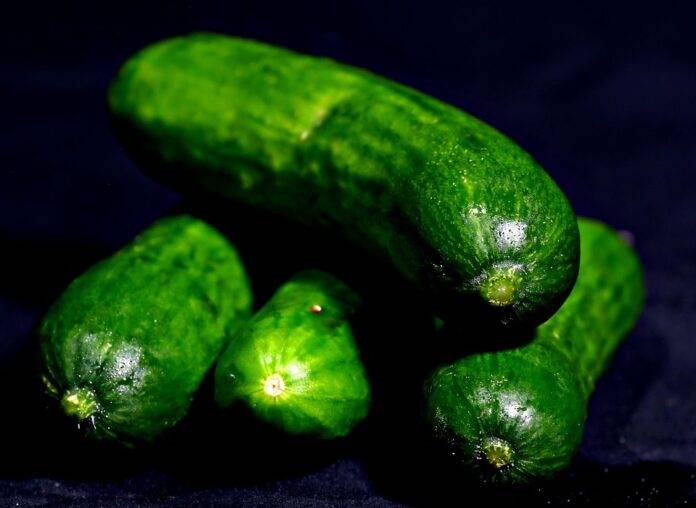The Top 10 Trends Shaping Cucumber Imports in 2025
1. Increased Demand for Organic Cucumbers
In 2025, we can expect to see a significant rise in the demand for organic cucumbers. Consumers are becoming more health-conscious and are willing to pay a premium for organic produce. This trend is driving importers to source organic cucumbers from countries like Mexico, Spain, and the Netherlands.
2. Shift towards Sustainable and Ethically Sourced Cucumbers
With growing concern for the environment and ethical sourcing practices, importers are increasingly looking for suppliers that adhere to sustainable farming practices. This trend is pushing suppliers to invest in sustainable agriculture and reduce their carbon footprint.
3. Technological Advancements in Cucumber Production
Advancements in technology are revolutionizing cucumber production, leading to higher yields and better quality. Importers are looking for suppliers that leverage technology such as hydroponic systems, automated harvesting equipment, and data analytics to improve efficiency and reduce costs.
4. Globalization of Cucumber Supply Chains
The cucumber market is becoming more globalized, with importers sourcing cucumbers from a diverse range of countries. This trend is driven by the need to diversify supply chains, mitigate risks, and tap into new markets. Importers are increasingly looking beyond traditional suppliers to countries like Turkey, China, and India.
5. Fluctuating Exchange Rates Impacting Import Costs
Exchange rate fluctuations can have a significant impact on import costs, affecting the competitiveness of cucumber imports. Importers need to closely monitor exchange rates and hedge against currency risks to protect their profit margins.
6. Regulatory Changes Affecting Cucumber Imports
Regulatory changes, such as food safety regulations and trade agreements, can impact cucumber imports. Importers need to stay informed about changing regulations in key markets to ensure compliance and avoid disruptions to their supply chains.
7. Growing Popularity of Specialty Cucumbers
Specialty cucumbers, such as mini cucumbers and seedless cucumbers, are gaining popularity among consumers. Importers are diversifying their product offerings to cater to this trend and differentiate themselves in the market.
8. Rising Competition in the Cucumber Market
Competition in the cucumber market is intensifying, with new players entering the market and existing suppliers expanding their operations. Importers need to differentiate themselves through product quality, pricing, and customer service to stay ahead of the competition.
9. Supply Chain Disruptions and Resilience Planning
Supply chain disruptions, such as natural disasters or geopolitical events, can impact cucumber imports. Importers need to develop resilience plans and diversify their supply chains to minimize the impact of disruptions and ensure continuity of supply.
10. Consumer Trends Driving Innovation in Cucumber Products
Consumer trends, such as plant-based diets and healthy snacking, are driving innovation in cucumber products. Importers are exploring new product formats, such as cucumber chips and pickles, to cater to changing consumer preferences and increase market share.
In conclusion, the cucumber import industry is evolving rapidly, driven by changing consumer preferences, technological advancements, and global market dynamics. Importers need to stay agile, adapt to emerging trends, and invest in sustainable practices to remain competitive in the dynamic cucumber market of 2025.



